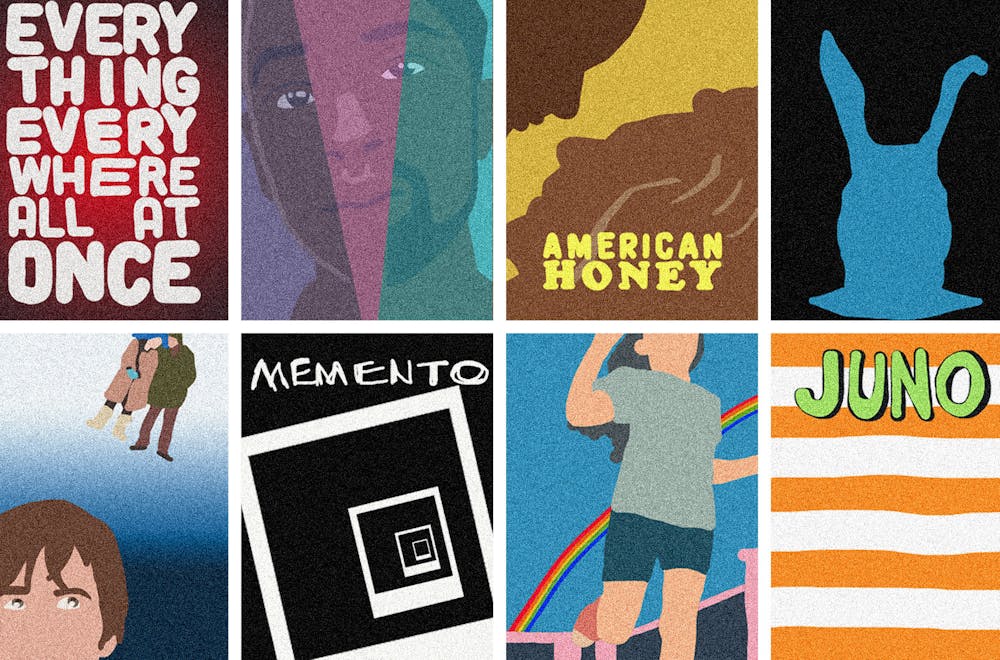With the recent writer’s strike, movie fanatics can’t help but notice the survival of independent film during these tough times. Unsurprisingly, indie films were the first to meet the standards of the Screen Actors Guild-American Federation of Television and Radio Artists (SAG-AFTRA) union due to the freedom of their creators. The real surprise lies in the reaction amongst audiences. Indie films are loved by movie-goers and are forcing their way back into the theater; why now?
The first reason would be the global interruption of day-to-day normalcy caused by COVID-19. Viewership saw an instant increase, which would also naturally impact indie films. However, indie films faced adverse challenges related to COVID-19 protocol and shooting standards. Variety released an article in 2020 explaining these challenges in more detail. Despite this, global spending on indie content increased by 25.3% in 2020.
While COVID-19 may have incentivized viewers, indie films can stand on their own, and the content keeps movie watchers returning for more. Indie films also show love for those who do not often receive the spotlight, particularly female directors. Forbes recently released an article called “Independent Films Directed By Women Are On The Rise, According To New Study,” which analyzes U.S. film festivals and proves that for the first time in history, an equal number of documentaries screened were directed by women and men. Dr. Martha Lauzen conducted this research, noting that “Independent films, and documentaries in particular, are more welcoming of women because there are fewer barriers to entry than on large studio films.”
However, the directors of these independent films aren’t the only increase in diversity to be found in the indie scene. Actors such as Travonte Rhodes and Naomie Harris bring a new demographic to major films. Not only are the actors and creators more diverse, but so is their work. Stories like “Moonlight,” surrounding the life of a young Black gay man, and “Waves,” explaining the cycle of love and abuse in Black and Latino families, are stories not often found in major corporate films. Appealing to and including these communities is also a major reason the independent film industry is thriving as of late.
The final stick thrown into the ever-spreading wildfire of breakout indie films was the SAG-AFTRA strike. SAG-AFTRA currently represents about 160,000 actors. According to CNN’s article, “SAG-AFTRA strike: All eyes on actors union following tentative deal between studios and writers,” SAG-AFTRA will continue their strike in negotiation for a range of things, including an 11% wage increase for actors, improved relocation expenses and limited long breaks between seasons to ensure steady work.
While these demands are vast, there is one thing they all have in common: they mainly pertain to big-industry work. A small indie film doesn’t have to worry about relocation expenses and limiting long breaks between seasons because they often don’t have the budget to shoot for long amounts of time or in various far-between locations; this makes independent film creation an easy opt-out of these demands.
The film industry has survived quite a tumultuous last few years. More so, independent films exceeded expectations at the box office and in viewers’ hearts. Indie film creators are getting their accolades not only at film festivals but at an increasing number of theaters, too. The love for indie films only seems to increase by the day. So, next time you go to the movie theater, maybe see an independent film; you’ll be surprised by what you can find.
Simone Tillman is a sophomore at Ohio University. Please note that the views and opinions of the columnist do not reflect those of The Post. Do you agree? Tell Simone by tweeting her @siimmooneeest398721@ohio.edu






